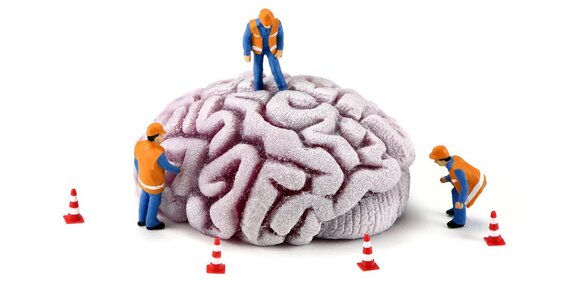Understand the Brain, Understand the Student.
WELCOME!
|
Every class, assignment, memory and experience shapes the brain. Because many second-language learners are in mainstream classrooms for the entire school day, teachers benefit from understanding how the brain processes information into learning, what students' brains need in order to learn most effectively, and how and why their successful techniques work (or don't work) offers keys to expanding strategies and interventions for teaching and learning for ALL students, especially our most vulnerable.
Powerful tools of neuroscience can be applied to promote goals of teaching and education in general, making the classroom experience, whether in person, remotely or a hybrid, more enjoyful for both teacher and student. Understanding the Brain will help you better Understand the ELL student and their needs. excerpt from Judy Willis, M.D, Marlana Willis, Ignite Student Learning, 2020 |
Helping you understand the Brain's Impact on Social Emotional Development, Instruction, and other Learning issues that impact English Language Learners and other vulnerable populations.
|
The Brain is a primitive Brain. It is an emotional Brain. It is no different today then from back with the Cavemen. The Brain's job is to keep us safe by identifying stresses and emotions. So whether it's coming face to face with a Lion or face to face with boredom or frustration, the brain only knows one way to react. But...we can learn to hijack the part of the involuntary brain before it reacts. The strategies will improve instruction, classroom management, student self-awareness, teacher-student relationships, and responsible decision making for ALL students, but especially our most vulnerable. This website explains the why. Our professional development teaches the how. |


